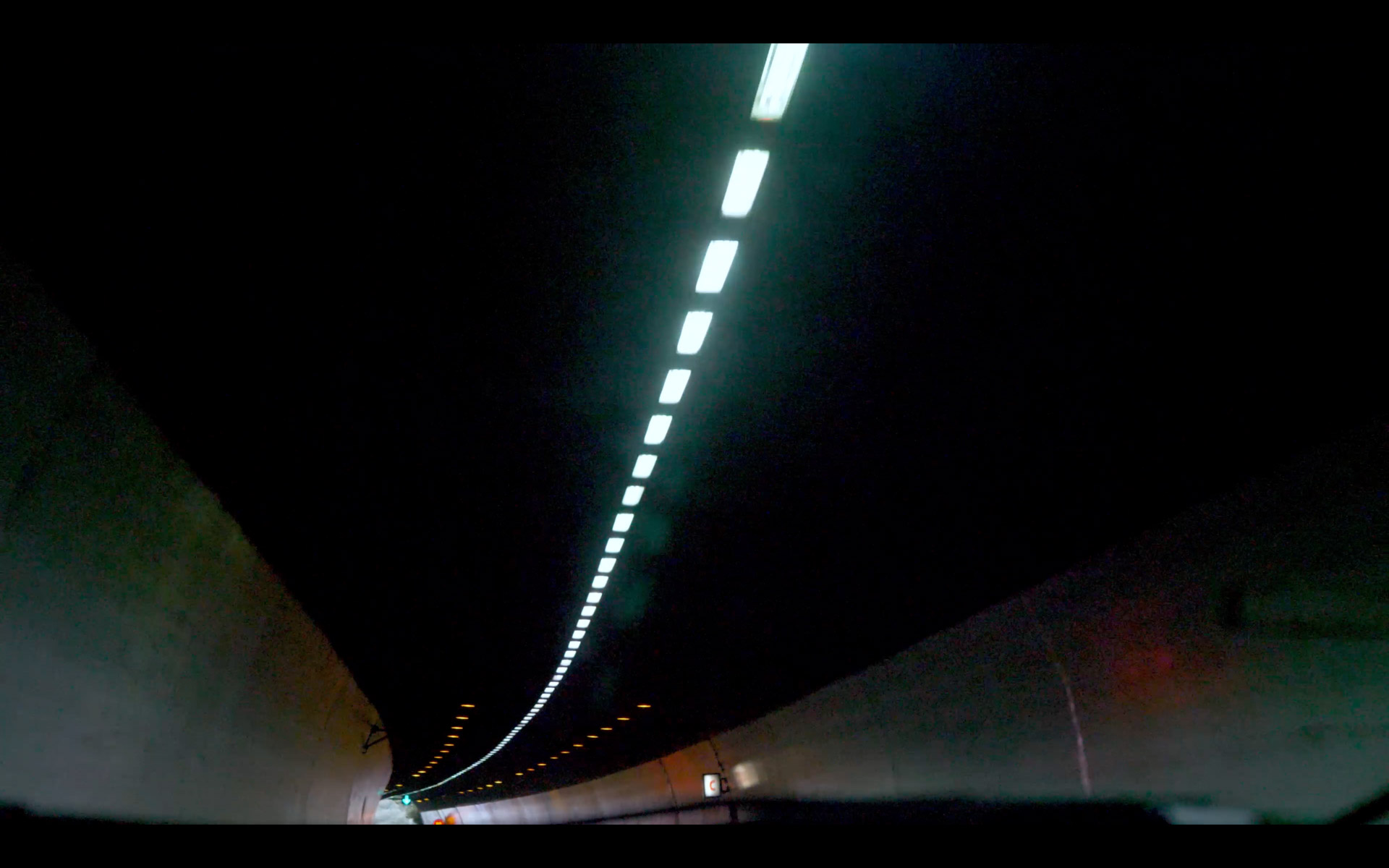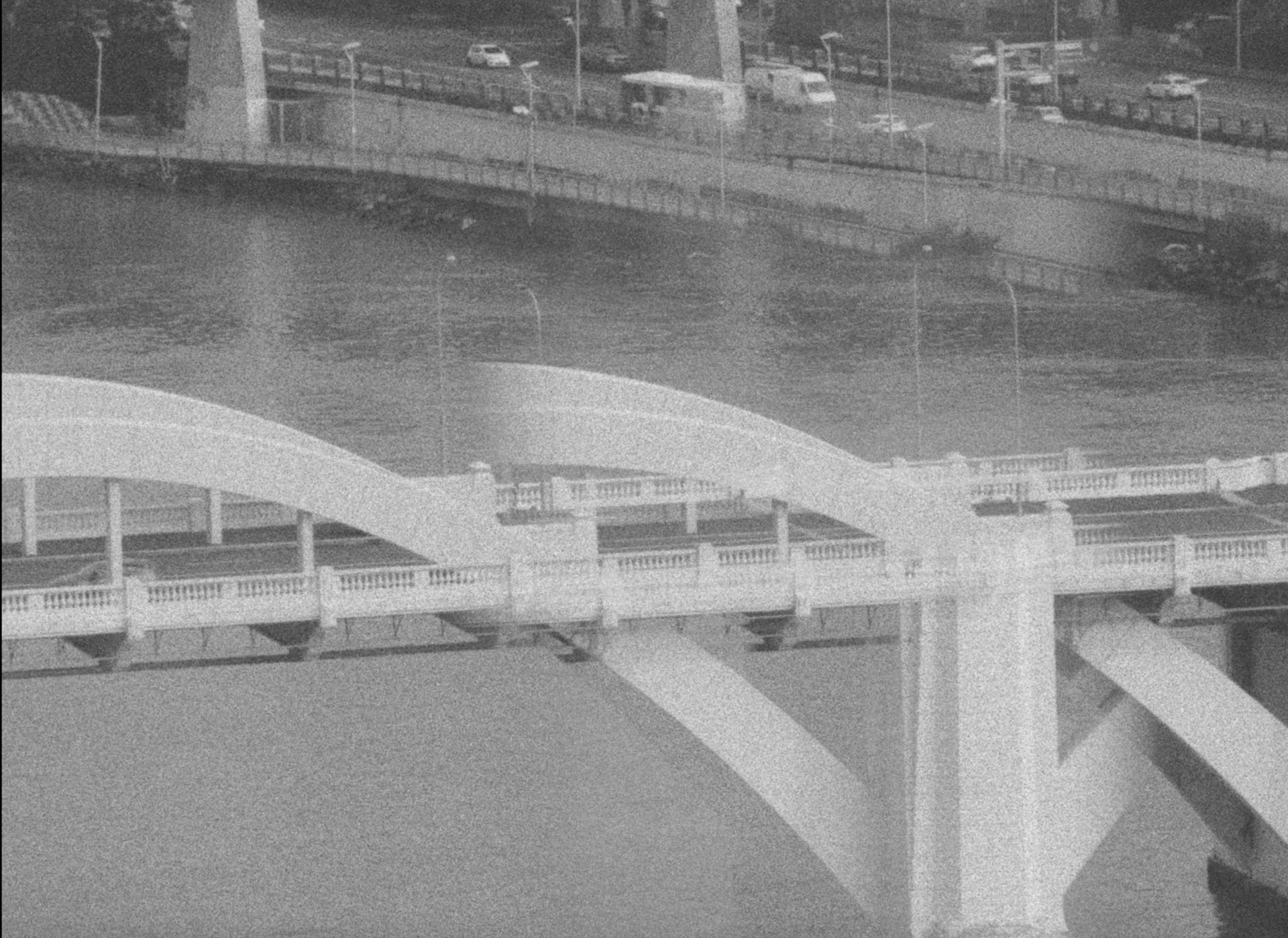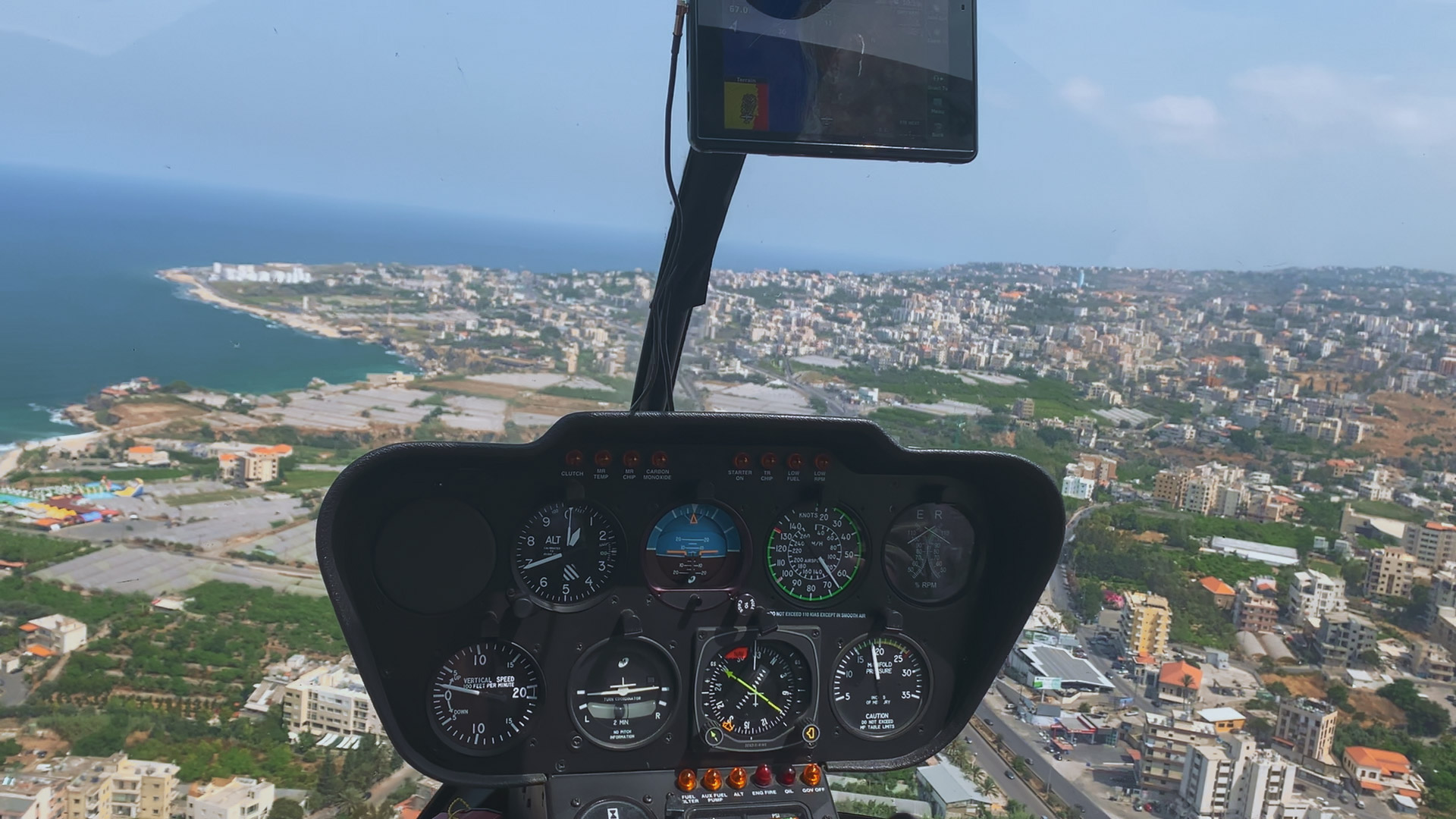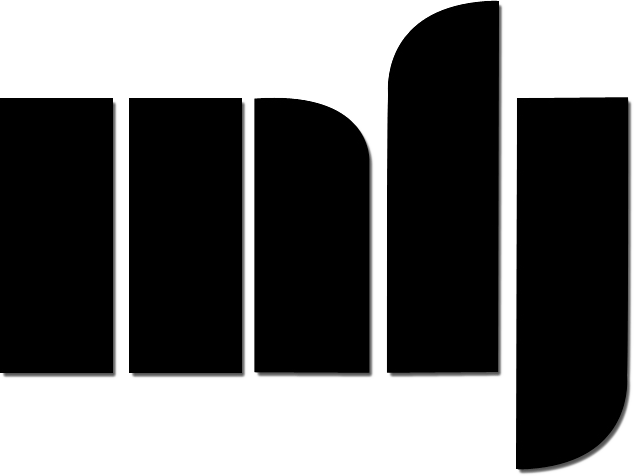Form, Tradition, and Political Documentation at TIFF Wavelengths

When scheduling my screenings for the Toronto Film Festival, I always make it a priority to book Wavelengths first. Despite the dominance of narrative cinema, every year, all three of the Wavelength short experiment series sell out, and in my estimation it’s one of the best opportunities to see fresh and vital voices experimenting with imagery, form, and texture of cinema.
One of the major works from this year’s edition of the TIFF Wavelengths series is Chris Kennedy’s Go-Between (2024), a simple idea turned adroit in the hands of a skillful and imaginative imagemaker that played tricks with my eyes. Through a series of moving black rectangular shapes, we see the sliver of a bridge over water and the cars streaking across it, giving the illusion of the cars appearing and disappearing in parts of the frame. It wasn’t until the Q&A that I realized that the black rectangles were window blinds. Kennedy shot the film from up in a hotel room looking down at the bridges in Brisbane, recording the blinds opening and closing. The blinds serve less as a physical object within the film and more as a clever piece of editing and distortion of time and space in the shot. The consistent movement and changing of positioning of the blinds blocking parts of the frame create the illusion of time-travel. The cars seem to teleport from one side of the bridge to the other in quantum leaps. One can even see this as a creative adoption of the “jump cut” within a single frame. The distance also allows for vagueness in terms of what cars are crossing. White cars look all the same, as do black or grey cars. Formally this makes the bridge feel like a conveyor belt repeating the same cars over and over. Kennedy’s film is simple but fun, its conceit bringing dynamic movement and repetition within a simple scene—cars crossing a bridge suddenly becomes a kaleidoscopic exercise where images and objects appear and disappear and then reappear at random.

More forwardly academic works like Tiffany Sia’s The Soujourn (2023) contemplate film history alongside social histories of the countries they were filmed in. Traveling on a roadtrip through Taiwan, Sia brings the audience along to several of the major famous Taiwanese filming locations in King Hu’s cinema, as a way of excavating how the island has been shaped through the film lens and history in disparate ways. She also has famed actor Shih Chun, of Dragon Inn and A Touch of Zen, along for the ride. Many sequences within the film are still shots with no action, guiding us to pay attention to the details of the landscape. One scene shows a cliffside filled with trees and a small temple embedded into it. For those of us who have seen Hu’s films, we immediately imagine the temple in A Touch of Zen and the famous martial arts acrobatics taking place in the midst of the tall trees. Another sequence where a valley between two mountain ranges is filled completely with soft cotton-like clouds transported me back to Legend of the Mountains, and the way Hu used clouds and mist to evoke an ethereal landscape with soft diffused light. Except in Sia’s film, electric wires run across the bottom of the frame obscuring this heavenly landscape. Sia’s images force us to think of how the cinematic tradition of ‘beautiful imagery’ and the modern realities of Taiwanese infrastructure belong to one connected national reality and history.
The most anticipated screening was undoubtedly for Jean-Luc Godard’s Scénarios (2024). Godard’s trademark elliptical style that prioritizes use of image association over narrative–from film screenshots to historical photographs to scrapbook-like image overlays and juxtaposition along with double entendres (Histoire du cinema meaning both ‘story’ and ‘history’ of cinema) and annotation marks that make his work feel tangible and alive, something that is continuously correcting itself – shines through yet again in a work that is both unfinished and a satisfying bookend to his life and career. Scénarios is comprised of a collage of various images and words the filmmaker collaborated to stitch together in a makeshift storyboard just one day before his death by assisted suicide in Switzerland. The existence of the film, like the previous years’ Trailer of a Film That Will Never Exist: Phony Wars (2023), is in the creative impulse of the filmmaker who, until his last breath, had more to give to the world of cinema. The associated documentary, Exposé du film anonce du film “Scénario” (2024), shows Godard sitting at his desk in dialogue with his longtime collaborator Fabrice Aragno about the film he wants to make. He walks Argano, and by virtue the audience, through a collage booklet he has put together of all the relative imagery and describes how he wants to juxtapose political and film imagery, for example, how photos of French President Emannuel Macron next to photos of the US military create a connection he feels describes the world. Other images include high contrast film stills, negative prints, and the film opens with a self-portrait of Godard obscured by yellow, red, and blue scribbles, resembling the iconic image of his King Lear (1987) where he lies on the ground, his face covered in yellow, red, and blue wires. As ever, his questioning of form, his curiosity of how words and fonts juxtaposed with vibrant color coordination and imagery across the film medium as well as history and photography is on full display in both the “making of” documentary as well as the final film.
Another standout of the shorts program, and perhaps the most politically and socially relevant film of the program, was Lawrence Abu Hamdan’s The Diary of a Sky (2024). This remarkable documentary focuses on the aggression of Israeli airplanes and fighter jets that have for decades continuously invaded Lebanese airspace with zero warning and no regard for international order. The film is monotonous, meticulous, and frustrating by design. The camera, almost constantly pointed upward, shaking, zipping across the sky trying to capture the planes, clouds and missiles that shoot across like darts in a blink of an eye, is a weapon in and of itself. It creates a living, breathing record of aggression and invasion on the part of the Israeli military through Lebanese eyes. The relentlessness of the film’s repetition, where streaks of smoke, whirring of planes, and the rumbling of explosives occur one day after another recreates the unbearable unease that its filmmaker must have felt in Lebanon. Several sequences in the film interrupt this deluge of aerial assault to state some facts about what loud decibel sounds do psychologically to people, how it disrupts children’s ability to develop cognitively, and how it can literally change an area’s landscape. The film provides context through both voiceover and text overlay of how the planes and missiles that create this noise did not come out of nowhere. Hamdan is thorough in his sourcing of the data he presents, by creating the connection between Israel’s military power and the financial resources of the US, UK, and Frances that provide it the lifeblood to continue its onslaught. The Diary of a Sky is an account that makes clear, beyond all else, that ‘international order’ that the Western world so pretends to covet, is a violent hammer of subjugation.

Before several of these presentations, the directors who arrived on the scene of Wavelengths to talk at length about the political and social implications of their cinema. It’s really only in these spaces where such discourse seems to be tolerable. At TIFF’s opening night, a protest for Palestinian liberation was immediately shut down by TIFF director of programming Cameron Bailey. No such interruption occurred when the lineup of filmmakers at Wavelengths expressed unfiltered solidarity with the liberation of Palestinian people. In fact, they were given a rightful applause. While some films like The Diary of a Sky were more directly relevant to the urgent political issues of our time, the entire program, from organizers to the audience to the filmmakers, clearly sensed the moment.
Review by Soham Gadre
Disclaimer: This page is for your personal use only. It is not to be duplicated, shared, published or republished in whole or in part, in any manner or form, without the explicit permission of the publisher, author, and copyright holder(s) of the images.
